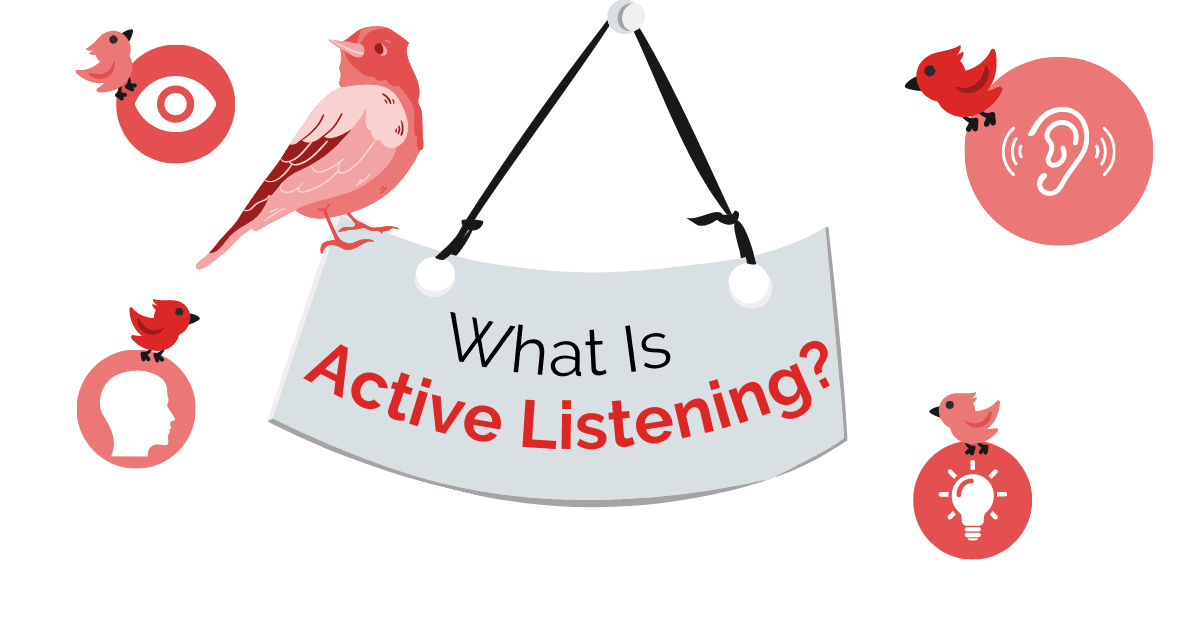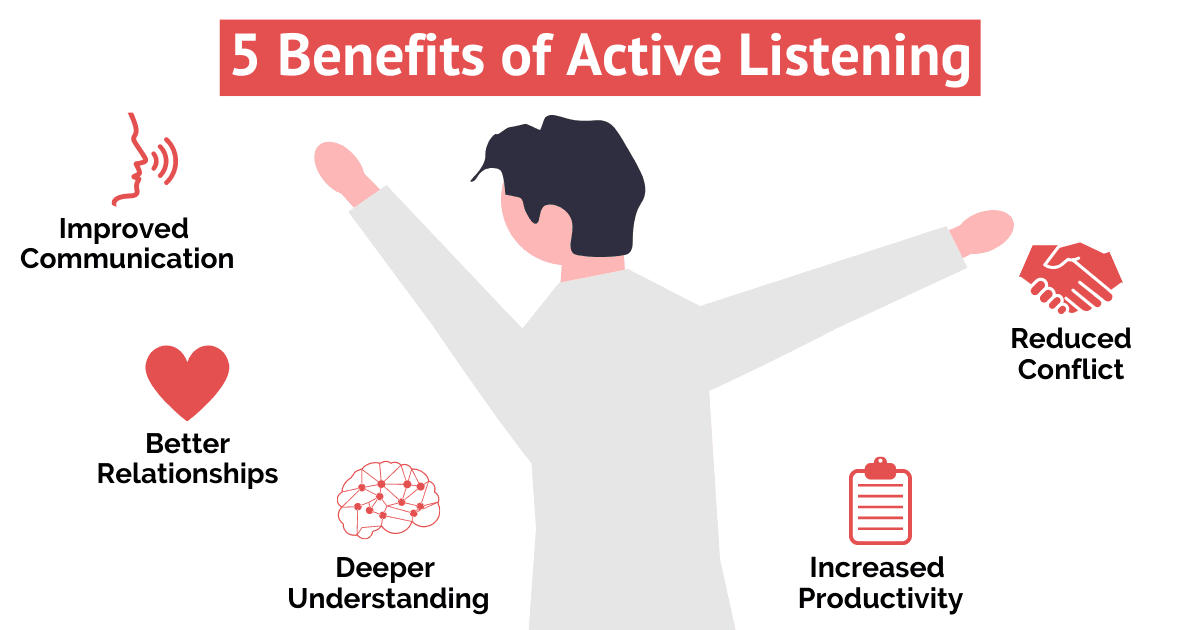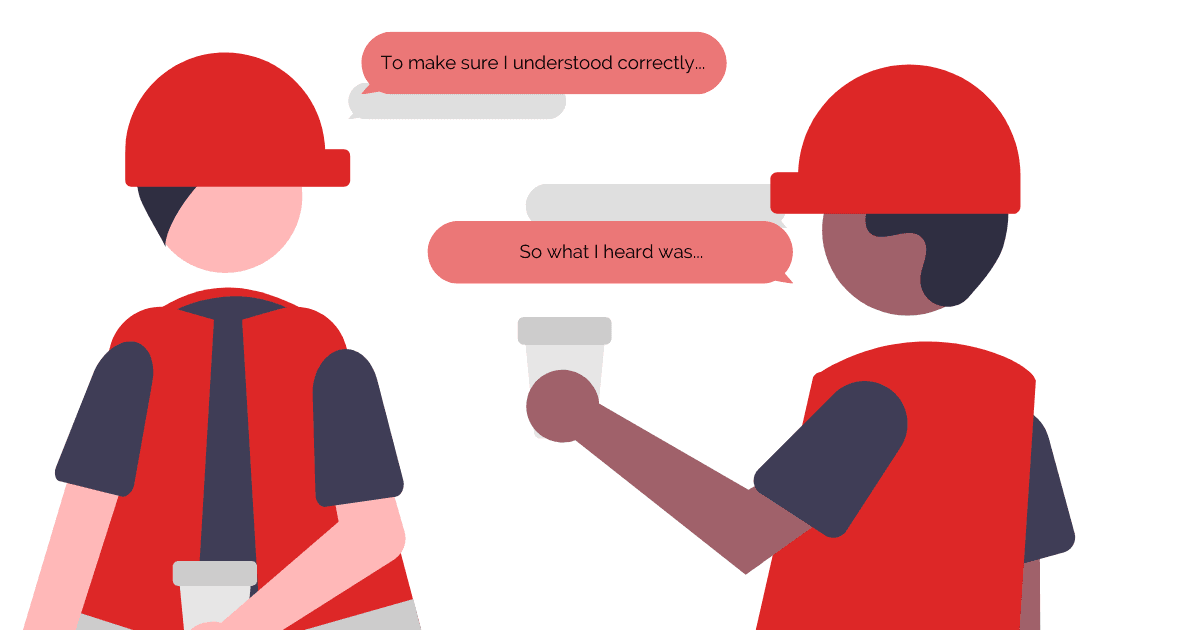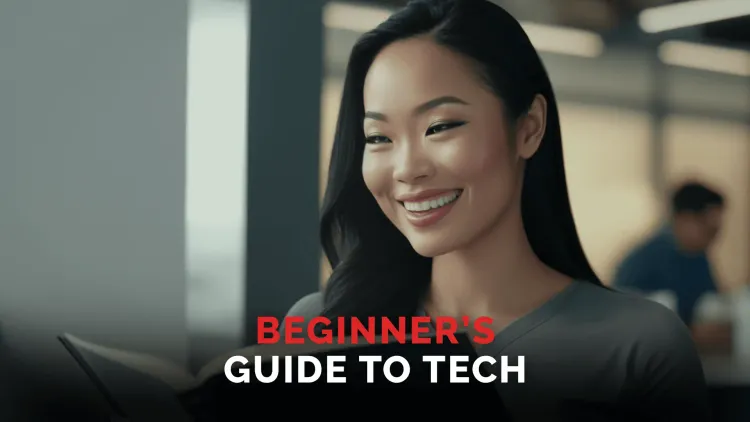What Is Active Listening? Am I Doing This Wrong?
What is active listening if not perfectly named: listening with purpose — or action. In this blog we break down this key skill for Career Success.

Nov 18, 2022
What is active listening if not perfectly named: listening with purpose — or action. Have you ever been in a conversation where you felt like the other person wasn't paying attention? They were looking at their phone, or interrupting you to share their own story. Or they seemed preoccupied and distracted, daydreaming and giving one-word answers.
We've all been there, and it's frustrating.
But what if I told you that there's a way to guarantee that people will listen to you? It's called Active Listening, and it's a skill that anyone can learn with a little practice. Here's what you need to know about active listening, along with four tips to help you get started.
What is Active Listening?
In essence, active listening is a communication technique that involves paying attention to the speaker. When you focus on understanding their message and show as much as, you are actively listening. It sounds simple enough, but it's actually pretty hard to do — especially if you're not used to it.
To learn what is active listening, we also have to identify what is not active listening! When most people listen, they're actually waiting for their turn to speak. They're not focussed on what the other person is saying. They're formulating their own response. As a result, they miss important details and cues. The conversation can quickly deteriorate into two monologues instead of a dialogue.
Active listening is different. Focus your attention on the speaker and their message. Try to understand what they're saying from their perspective. Resist the urge to plan your own response until they're finished speaking. This might sound easy, but it's actually pretty difficult! Especially in fast-paced conversations or heated arguments. But, the benefits of active listening are well worth the effort.
Some of the benefits of active listening include:
- Improved communication
- Better relationships
- Increased productivity
- Reduced conflict
- Deeper understanding

5 Tips for Active Listening
1. Face the speaker.
This one might seem obvious, but it is important. Some people prefer to face away from the speaker, facing their ear toward them instead. But most people will interpret a look upward, downward, or away from them as a sign you’re disengaging.
Making consistent eye contact shows the speaker that you're engaged in the conversation. It also shows that you're interested in what the other person has to say. It also helps you pay attention! You can pick up on nonverbal cues like body language and facial expressions.
2. Repeat back what you heard
There will be times when you need to make sure that you understood what the speaker meant. One way to do this is to repeat back what you heard in your own words. For example, "So what you're saying is that XYZ happened." This gives the speaker a chance to clarify anything that might have been lost in translation.
3. Don't interrupt.
It can be tempting to jump in and share your own story or opinion when someone else is talking—but resist the urge! Interrupting interrupts the flow of communication and makes it difficult for both parties to really hear what each other is saying. If you can't help but interject, wait until the person has finished speaking before sharing your thoughts.
4. Be present in the moment.
This tip goes hand-in-hand with number one on this list — make sure that your full attention is on the conversation at hand. That means no distractions (put away your phone!), no side conversations (save those for later!), and no multitasking (no checking your email while someone is talking to you!). Being fully present will help ensure that you don't miss anything important and that you can give the other person your undivided attention. A critical tip for those on the journey toward Career Success.
5. Ask questions.
Asking questions demonstrates that you are engaged in the conversation and want to learn more about the topic at hand. It also shows that you respect the other person's expertise or experience on the subject matter. Just make sure not to ask too many questions — otherwise, it will start feeling like an interrogation!
Deepen your relationships, and grow your network
Active listening is a skill that takes practice. It's well worth the effort if you want to improve your relationships. Level up your communication skills and watch people open up more. Active listening involves paying attention to the speaker. Take the effort to understand their message. Respond in a way that shows you understand! Resist the urge to talk about yourself or interject with your own stories and opinions. You'll find yourself making deeper and more meaningful connections.
It sounds simple enough in theory, but it can be difficult to do in practice — especially if you're not used to it yet! With a little bit of patient practice, you'll be an active listener in no time!Uvaro's Career Coaches specialize in developing this critical skill. Download our Career Success Catalog to learn how you can benefit from becoming a Uvaro member today!





